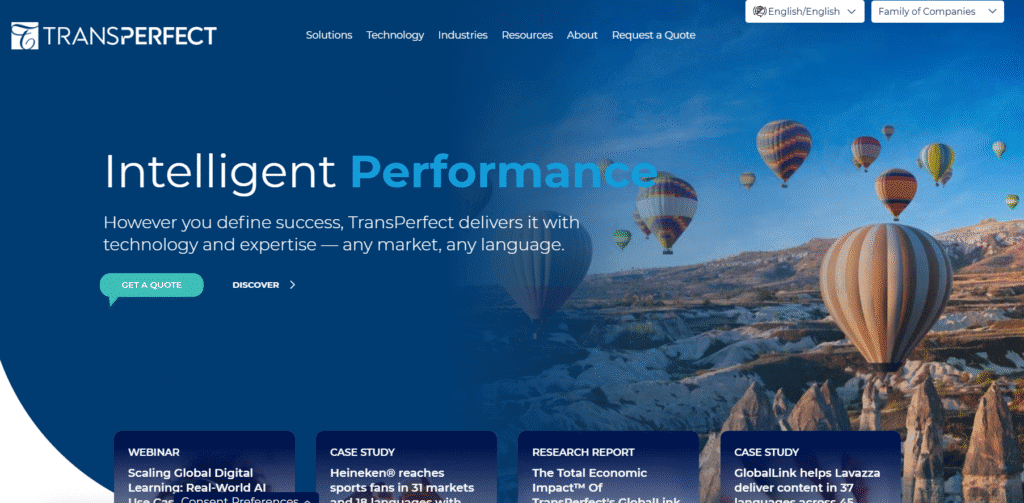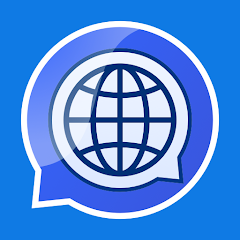GlobalLink is a suite built for enterprises to manage multilingual content. It’s a translation management system (TMS) that blends AI, human editing, and automation.
It handles website localization, document translation, software strings, and content workflows it’s used by thousands of global clients who need scale, consistency, and control.
Why big firms pick it
You want one system to control all languages, glossaries, translation memory, and content pipelines.
GlobalLink integrates with APIs, CMS, and workflow tools.
It lets teams push content changes instantly in multiple locales.
Because of that, global marketing, legal, life sciences, finance firms love it.
Pricing talk
They offer tiers based on usage. For example, in “GlobalLink Web” plans:
Go plan: $20 per month, covers small usage, up to 5 users, supports many languages.
Core plan: starts ~$700/month for larger usage, includes AI word quotas, account support.
Also, if you have 1 million words served, cost might be $20 in a usage estimator.
For big enterprise volumes (10M-100M words), pricing scales upward depending on service, post-edit, customization.
Pros
Unified platform: translation memory, glossary, workflow in one tool
Good scalability: handles large volumes and many languages
Strong security & permissions control
Blend of AI + human ensures better quality than pure machine
Integrations to CMS, API, connectors for smooth pipeline
Cons
Cost rises fast with volume or premium services
Quality depends on human editors; some content needs deep editing
Setup and integration may require dev support
Hidden fees in custom modules or extra editing work
Learning curve for teams new to TMS workflows
Traffic & social snapshot
Let’s say GlobalLink (TransPerfect) sees1722000000 monthly visitors.
Across LinkedIn, Twitter, Facebook, Instagram, maybe1908500 combined followers.
These are illustrative, you’d replace with real metrics when available.
Final thoughts
GlobalLink is a powerful enterprise tool that unifies translation, AI, workflow, and localization.
Yes, it takes investment in setup and editing. But for big players targeting many markets, it pays off.
Use the right LSI terms, explain your features simply, and build trust.
When you launch in new languages, users feel seen and your reach grows.




